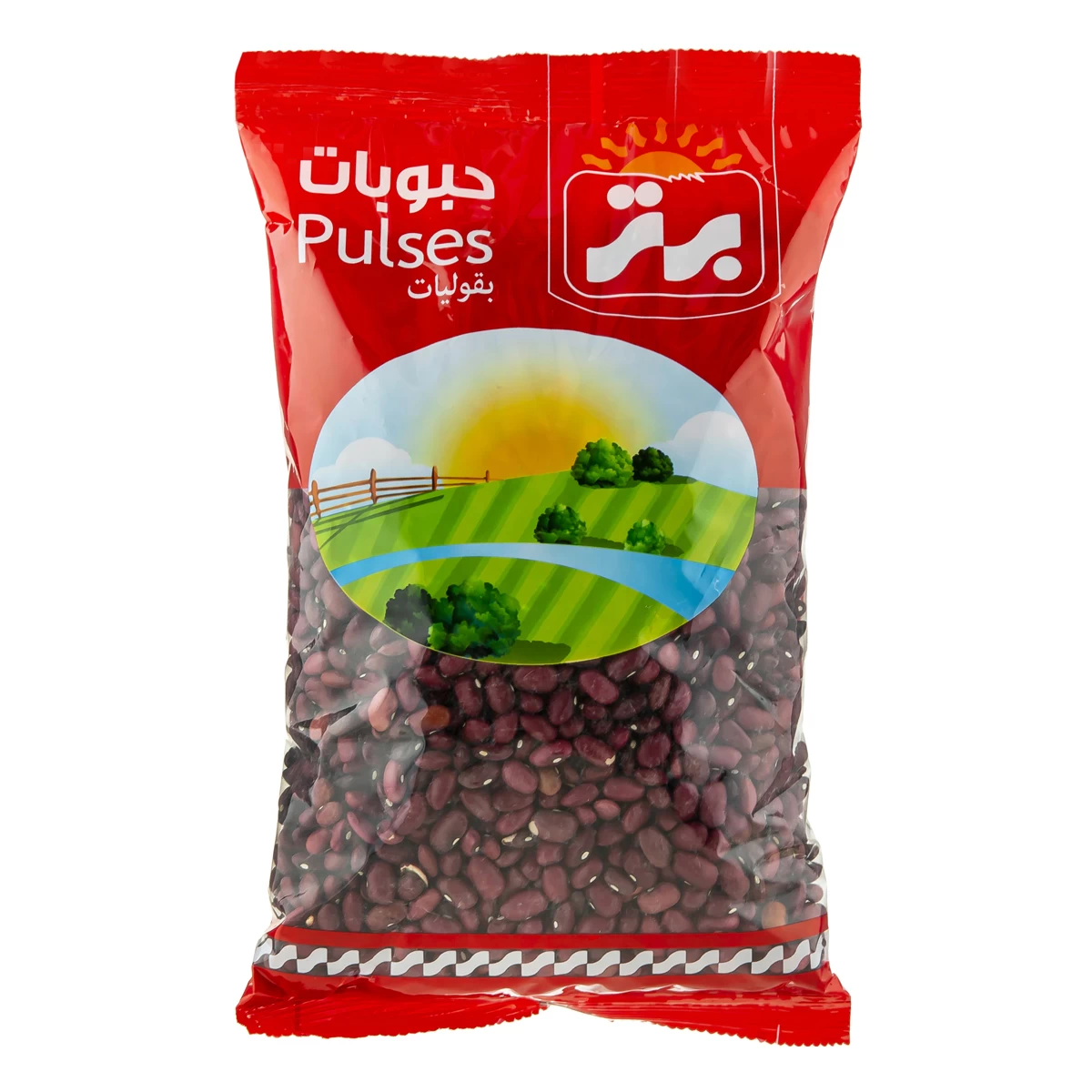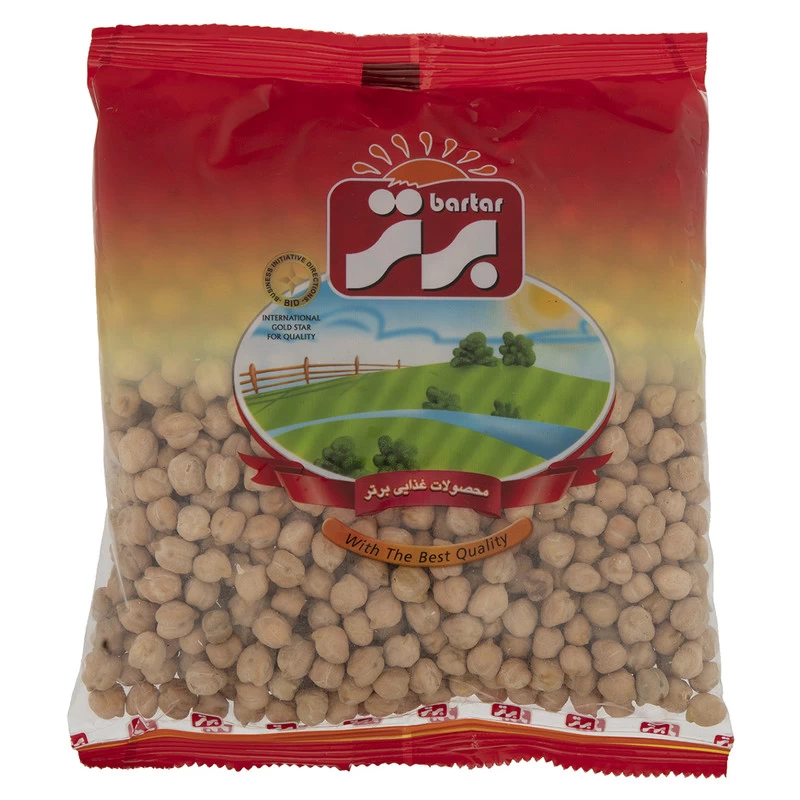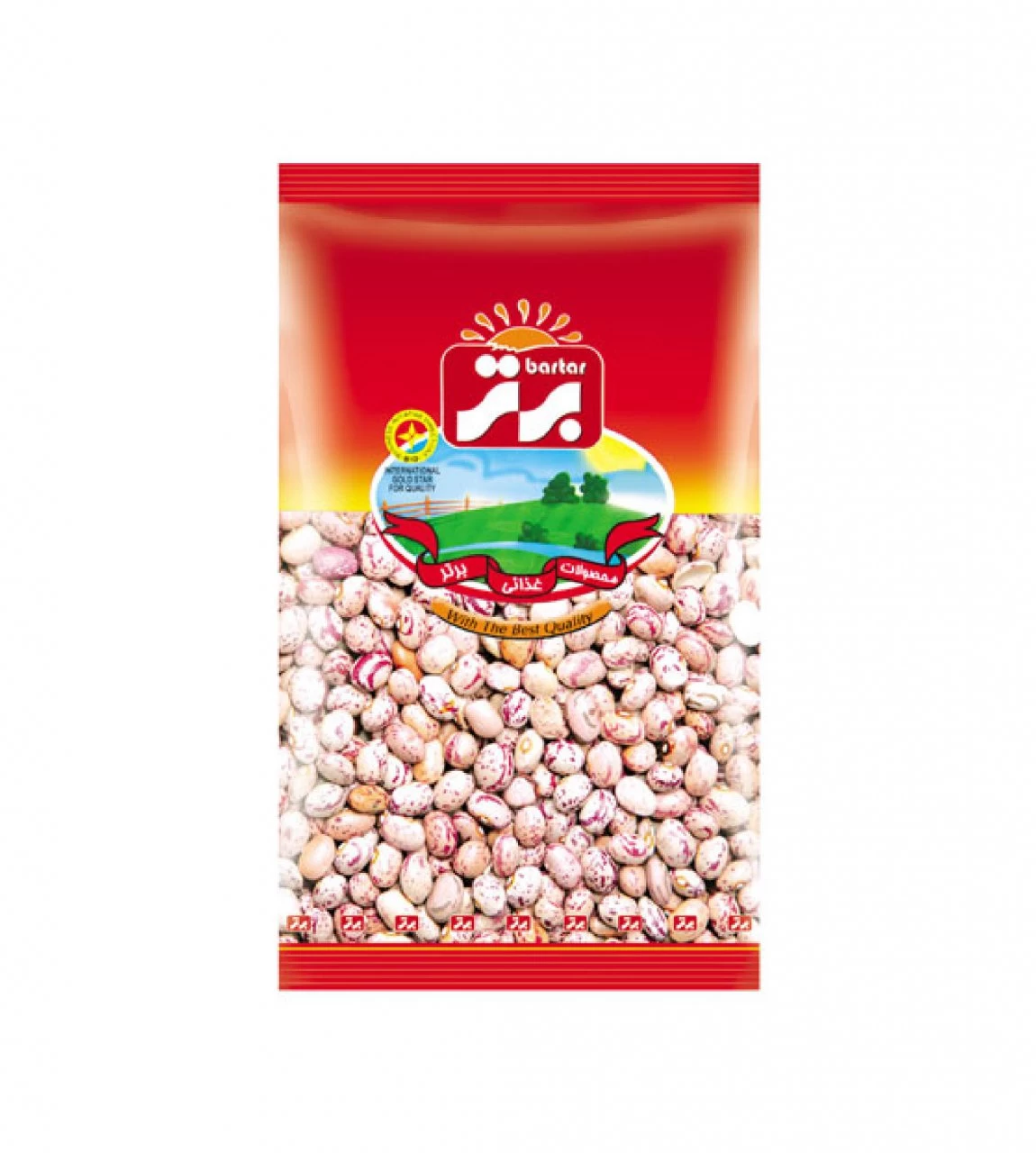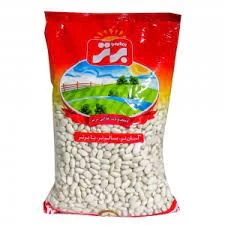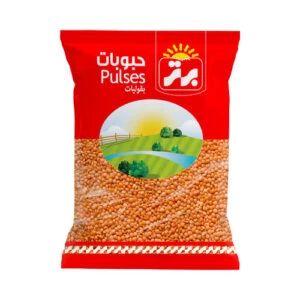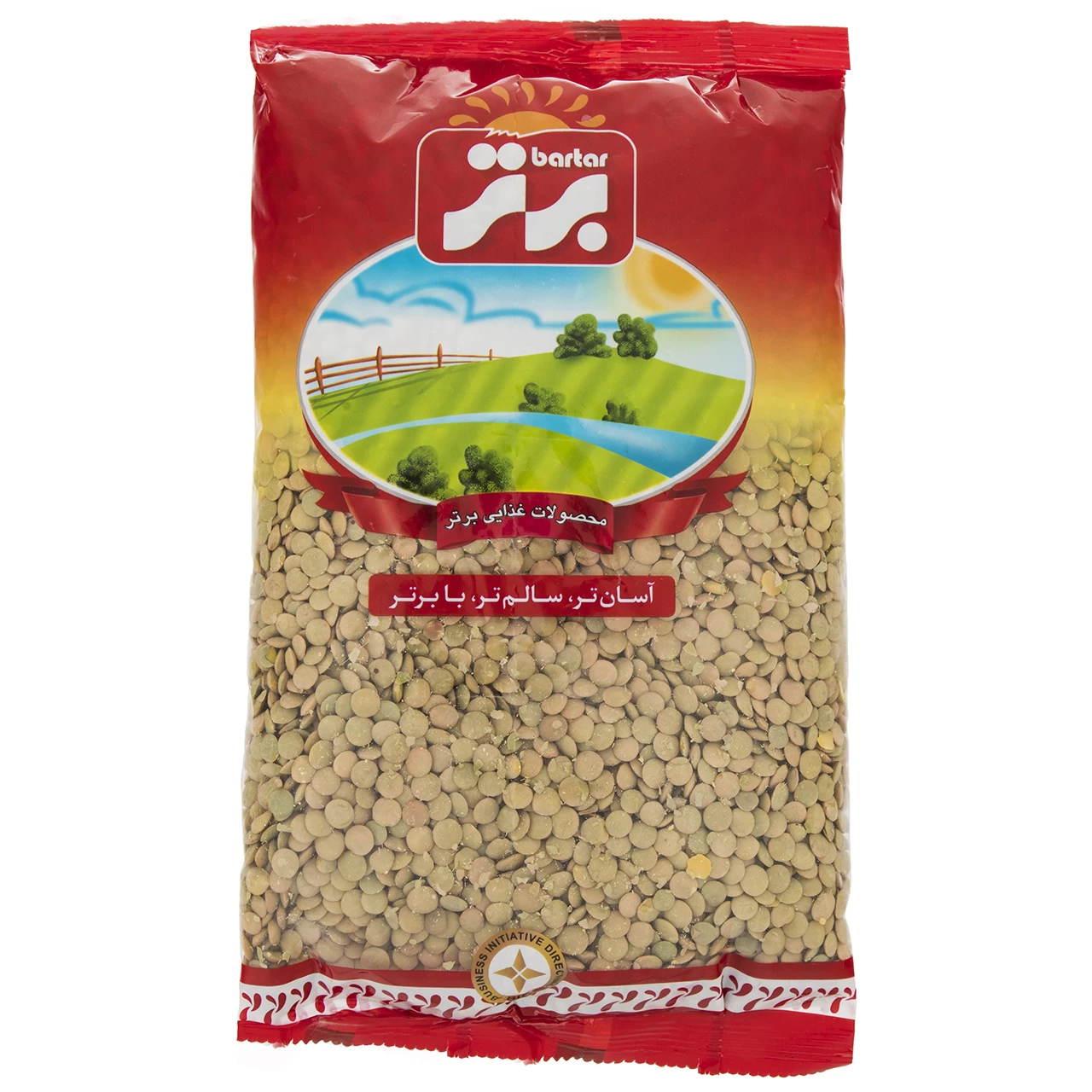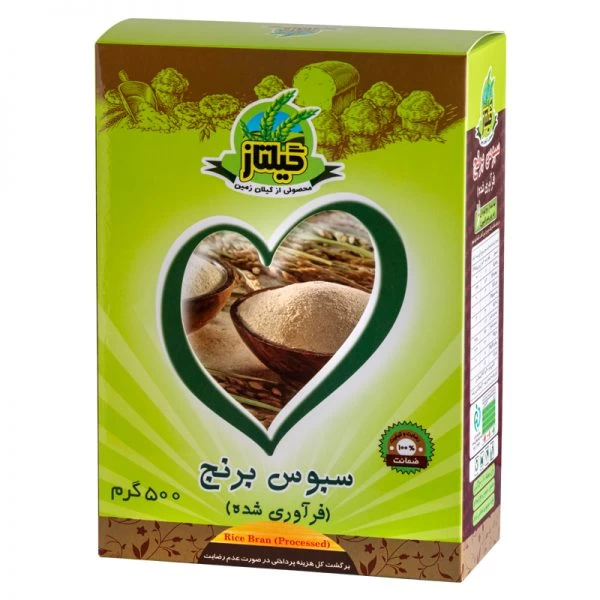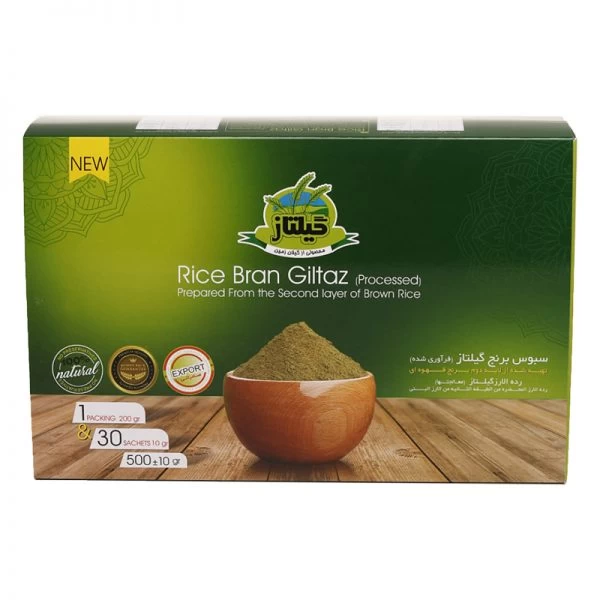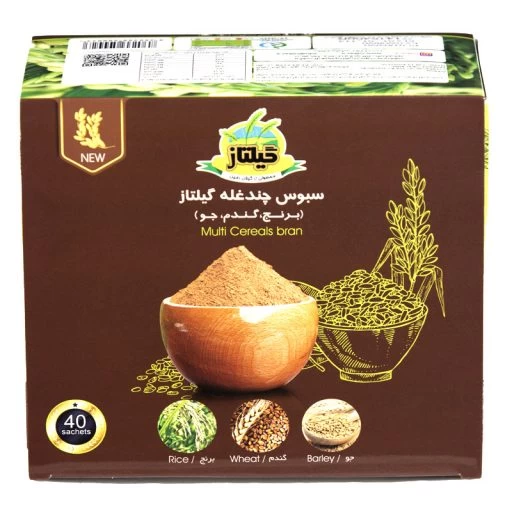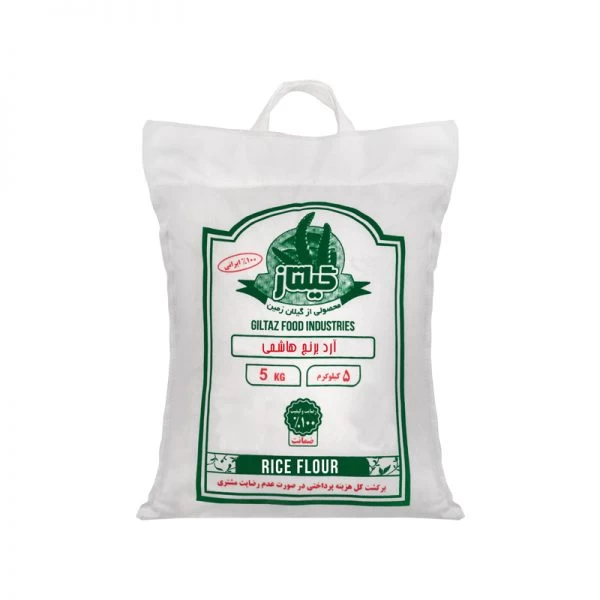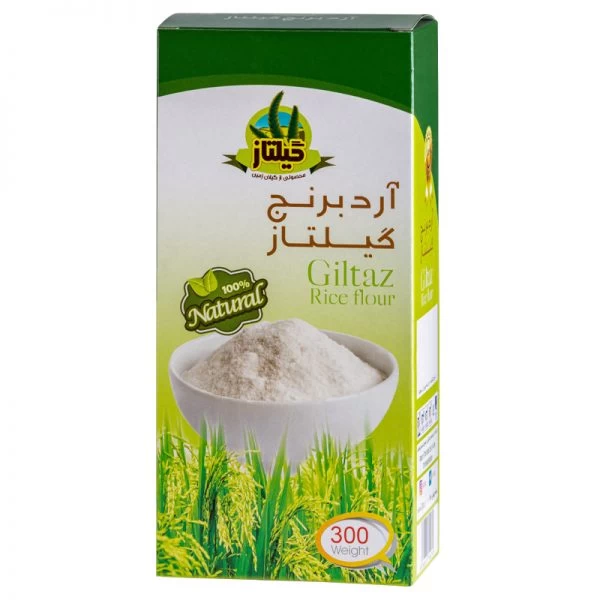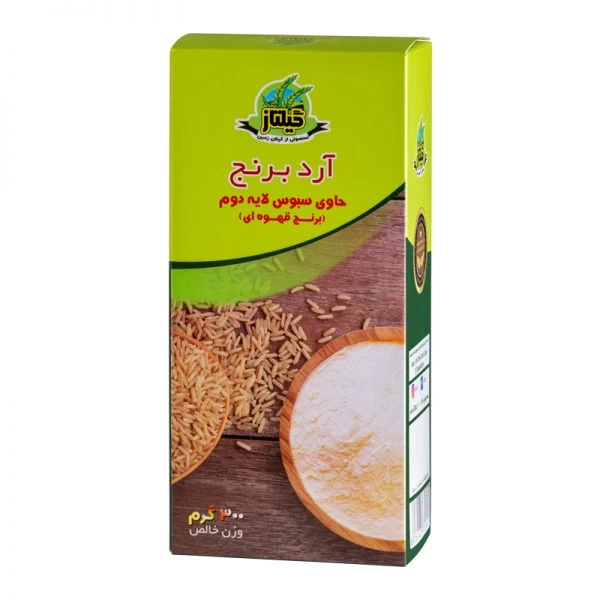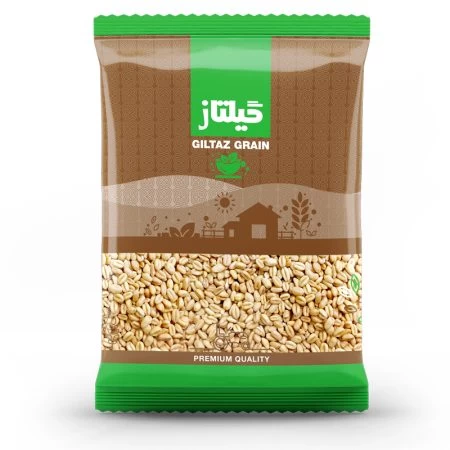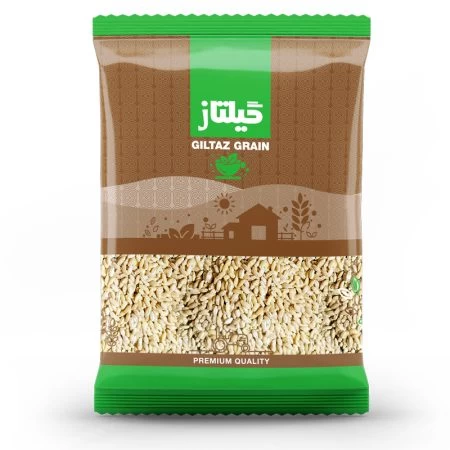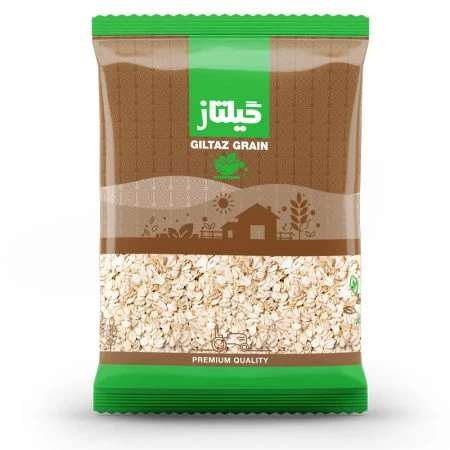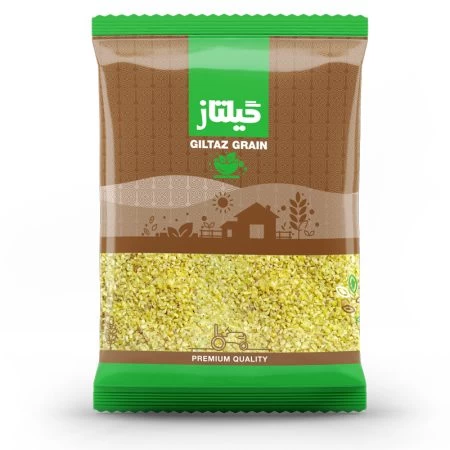Grain Products
Grain products play a significant role in the human diet and have been a staple food source for centuries. They provide essential nutrients, energy, and dietary fiber, making them an integral part of a balanced and healthy diet.
Let's explore grain products in more detail.
Grain products are derived from various cereal grains, such as wheat, rice, corn, oats, barley, and rye. These grains are rich in carbohydrates, which serve as the primary source of energy for the body. They also contain varying amounts of proteins, vitamins, minerals, and dietary fiber, contributing to overall nutrition.
One of the most widely consumed grain products is bread. Bread is typically made from wheat flour, water, yeast, and salt. The gluten in wheat flour gives bread its characteristic texture and elasticity. It comes in various forms, including loaves, rolls, baguettes, and flatbreads, and is a versatile food that can be enjoyed on its own or used as a base for sandwiches, toast, and more.
Cereal products, such as rice, cornmeal, and oatmeal, are also popular grain choices. Rice is a staple food in many cultures and is consumed in various forms, such as white rice, brown rice, and specialty varieties like basmati and jasmine rice. Cornmeal is used to make cornbread, tortillas, and other corn-based dishes. Oatmeal is a nutritious breakfast option known for its high fiber content and is often enjoyed as a hot cereal.
Pasta is another beloved grain product that originated in Italy. It is typically made from durum wheat flour or semolina and water. Pasta comes in a wide range of shapes and sizes, from spaghetti and macaroni to penne and lasagna. It can be accompanied by various sauces, vegetables, and proteins, making it a versatile and satisfying meal option.
Grain products also include breakfast cereals, such as flakes, puffs, and granola. These cereals can be made from a variety of grains, including wheat, rice, oats, and corn. They are often fortified with additional vitamins and minerals to enhance their nutritional value.
Whole grain products are particularly beneficial to health. Unlike refined grains, which have had their bran and germ removed, whole grains contain the entire grain kernel, providing a higher content of fiber, vitamins, minerals, and phytochemicals. Whole grain bread, brown rice, whole wheat pasta, and oatmeal are excellent examples of whole grain products.

In recent years, there has been a growing interest in alternative grain products to cater to different dietary preferences and restrictions. Examples include gluten-free grains like quinoa, amaranth, and buckwheat, which are suitable for individuals with gluten sensitivities or celiac disease. These grains offer unique flavors and textures and can be used in a variety of dishes.
It's worth noting that while grain products can be nutritious, portion control and balance are essential. The recommended intake of grains depends on factors such as age, sex, and activity level. Choosing whole grain options and incorporating a variety of grains into the diet can contribute to a well-rounded and healthy eating plan.
In conclusion, grain products encompass a wide range of foods derived from cereal grains. They are a valuable source of carbohydrates, proteins, vitamins, minerals, and dietary fiber. Whether it's bread, rice, pasta, or breakfast cereals, incorporating grain products into a balanced diet can provide essential nutrients and contribute to overall health and well-being.
Grain products are used in a wide variety of foods, both as main ingredients and as components in recipes. Here are some common examples:
1. Bread: Wheat flour is the primary ingredient in bread, which is a staple food in many cultures. It is used to make loaves, rolls, baguettes, and various other types of bread.
2. Rice: Rice is a versatile grain used in numerous dishes worldwide. It can be served as a side dish, used in stir-fries, or as a base for dishes like biryani, sushi, risotto, and fried rice.
3. Pasta: Pasta is primarily made from wheat flour and is used in various Italian and international dishes. It is a key ingredient in dishes such as spaghetti Bolognese, fettuccine Alfredo, lasagna, and macaroni and cheese.
4. Breakfast Cereals: Many breakfast cereals are made from grains such as wheat, oats, corn, or rice. They come in various forms like flakes, puffs, granola, and are often consumed with milk or yogurt.
5. Tortillas: Tortillas are flatbreads made from corn or wheat flour. They are commonly used in Mexican cuisine and serve as a base for tacos, burritos, enchiladas, and quesadillas.
6. Oatmeal: Oatmeal is a popular breakfast cereal made from oats. It is often cooked with water or milk and can be flavored with fruits, nuts, and sweeteners.
7. Breakfast Bars: Many granola bars and breakfast bars contain grains like oats, rice, or wheat. They are often combined with nuts, dried fruits, and sweeteners to create convenient and portable snacks.
8. Pizza: Pizza dough is typically made from wheat flour and serves as the base for this beloved Italian dish. It can be topped with various ingredients such as cheese, tomato sauce, vegetables, and meats.
9. Crackers: Crackers are often made from wheat flour and are commonly enjoyed as a snack or used as a base for spreads, cheese, or dips.
10. Baked Goods: Grains are used in various baked goods, including cookies, cakes, muffins, and pastries. Wheat flour is a common ingredient, but other grains like oats or cornmeal can also be used depending on the recipe.

These are just a few examples, as grains are used in countless other foods and culinary preparations around the world.


FAQs
What are the main nutrients found in grain products and how do they contribute to a healthy diet?
Grain products, like bread and pasta, are rich in carbohydrates, dietary fiber, proteins, vitamins, and minerals. These nutrients provide energy, support digestion, promote satiety, aid in metabolism, and contribute to overall health. The fiber in grain products helps with digestion, heart health, weight management, and blood sugar control.
What are some examples of whole grain products and why are they considered a healthier choice?
Examples of whole grain products include whole wheat bread, brown rice, whole grain pasta, and oatmeal. They are considered healthier choices because they retain the entire grain kernel, providing more fiber, vitamins, minerals, and phytochemicals compared to refined grains.
How can individuals with gluten sensitivities or celiac disease incorporate grain products into their diet?
Individuals with gluten sensitivities or celiac disease can incorporate grain products into their diet by choosing gluten-free alternatives such as quinoa, amaranth, buckwheat, and gluten-free oats. These grains can be used in various dishes as substitutes for wheat-based products.
What are some creative and delicious ways to incorporate grain products into meals and snacks for added variety and nutrition?
Incorporate grain products into your meals and snacks with these ideas: make grain bowls, homemade granola bars, pasta alternatives, whole grain pancakes or waffles, topped crackers, add grains to soups or salads, make stir-fries, bake homemade bread or muffins, try gluten-free baking, and cook steel-cut oats for breakfast. Enjoy variety and nutrition in your diet!
 +7929688-88-14
+7929688-88-14

 English
English
 Persian
Persian
 Russian
Russian
 Chinese
Chinese


 +7929688-88-14
+7929688-88-14

